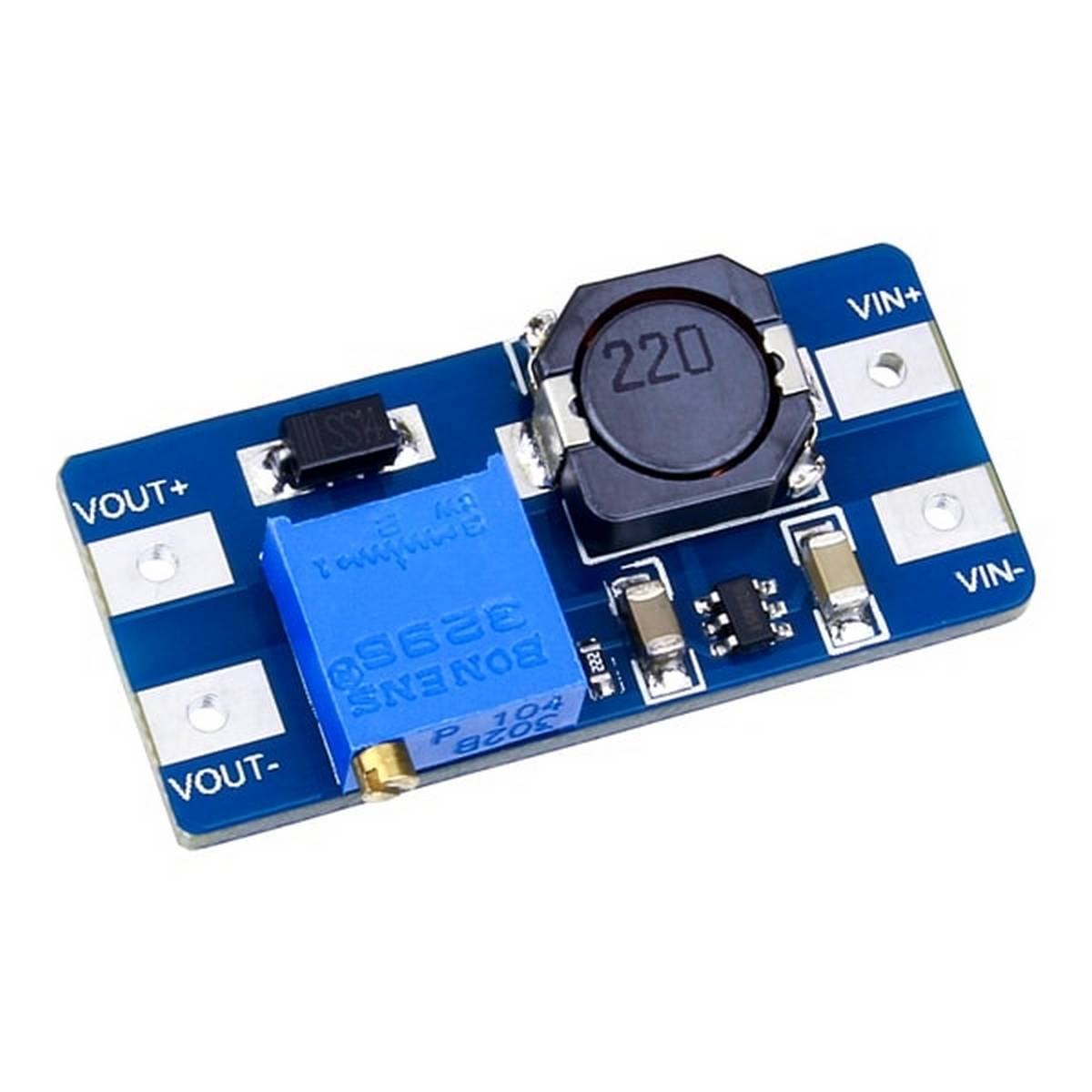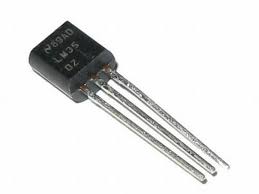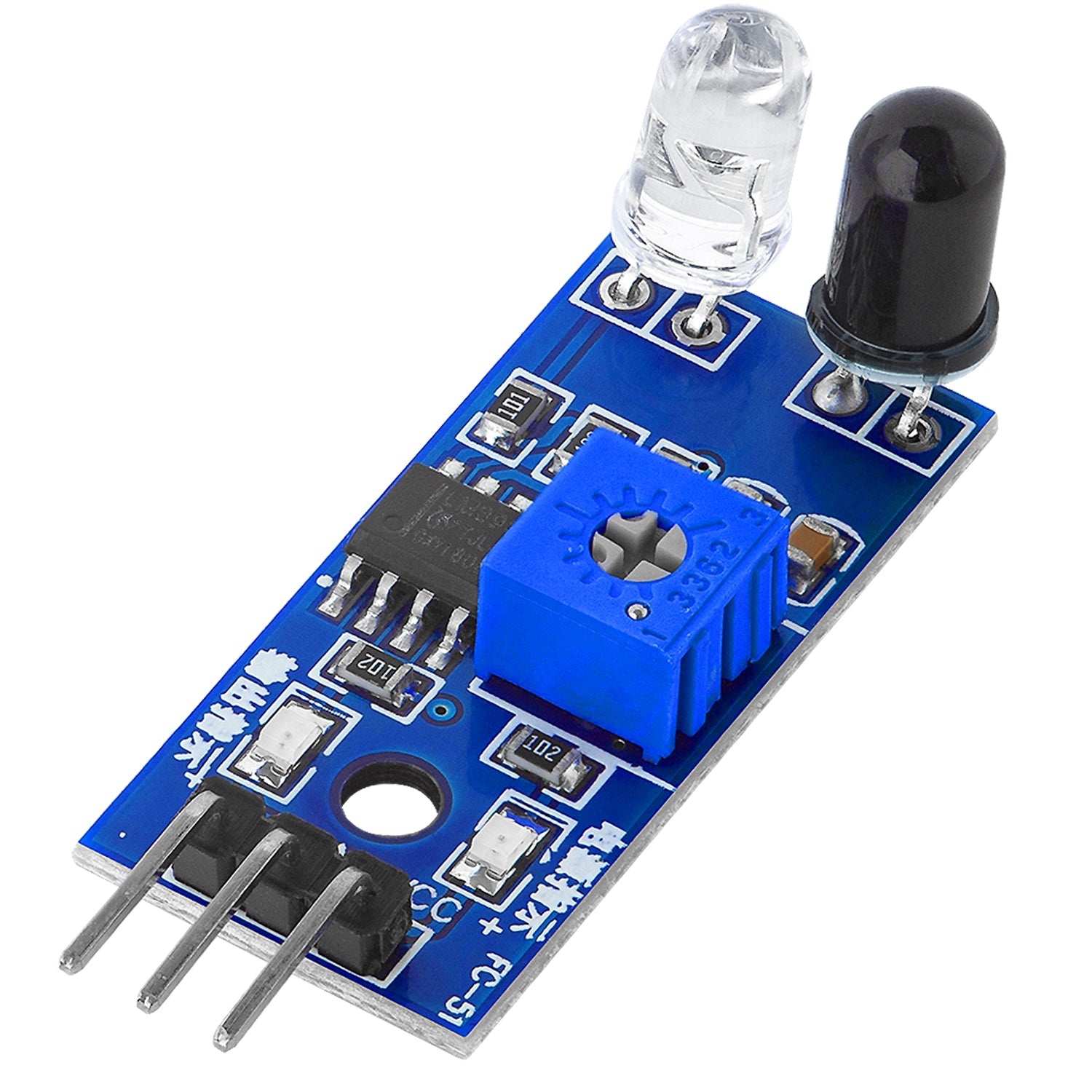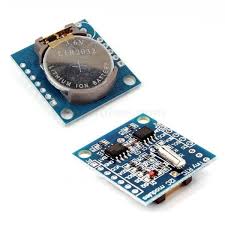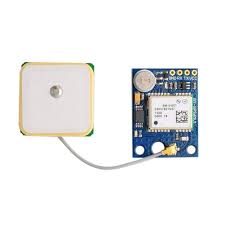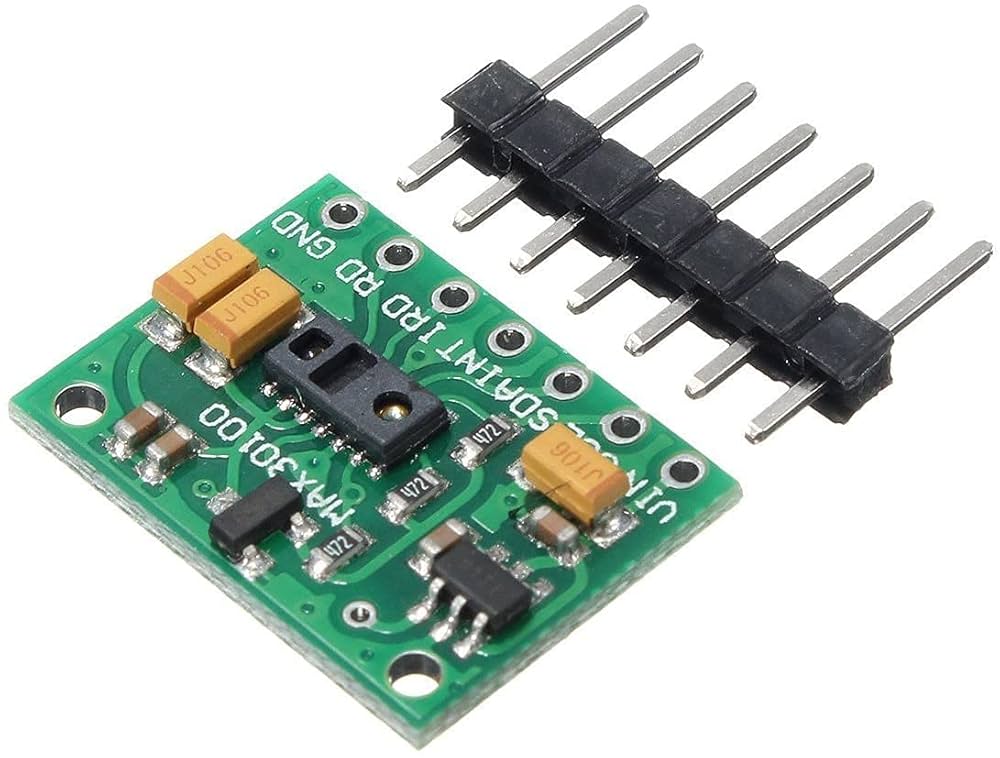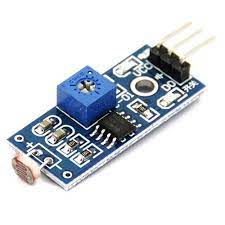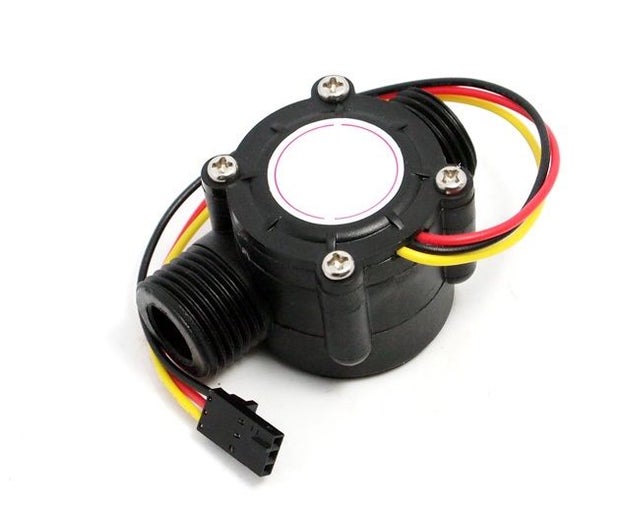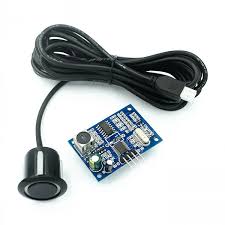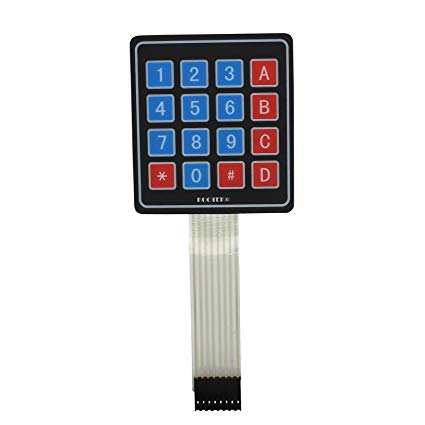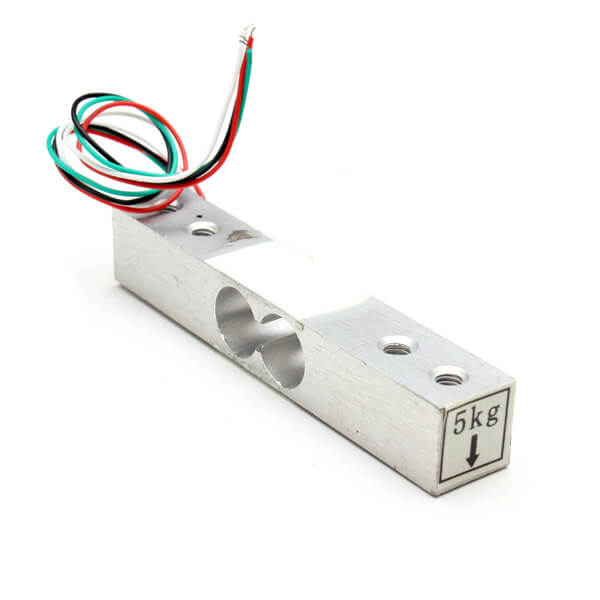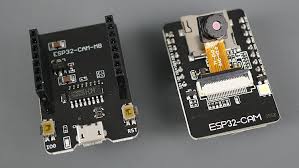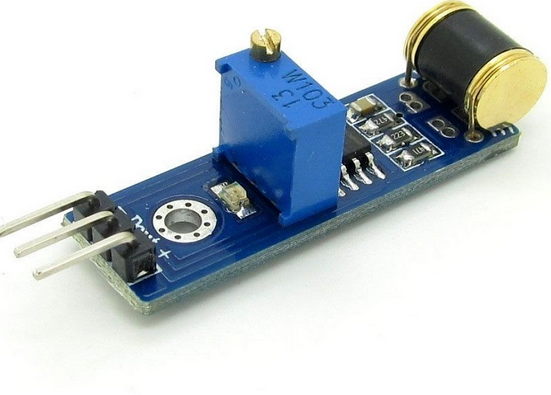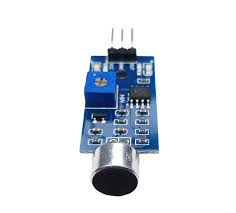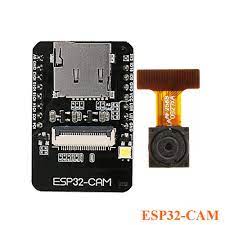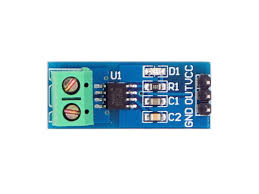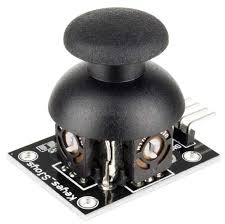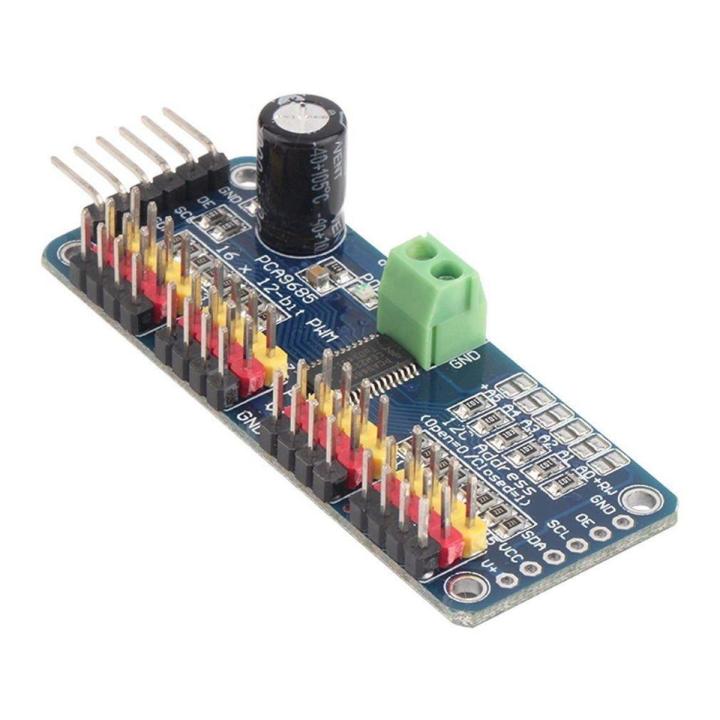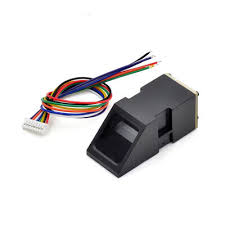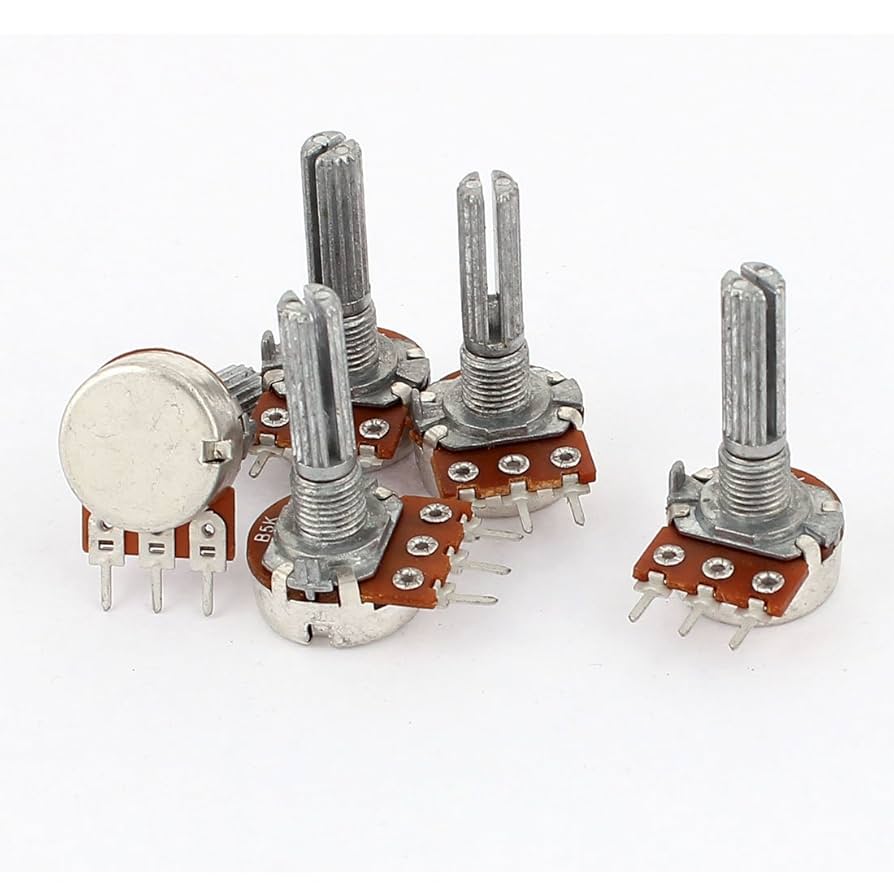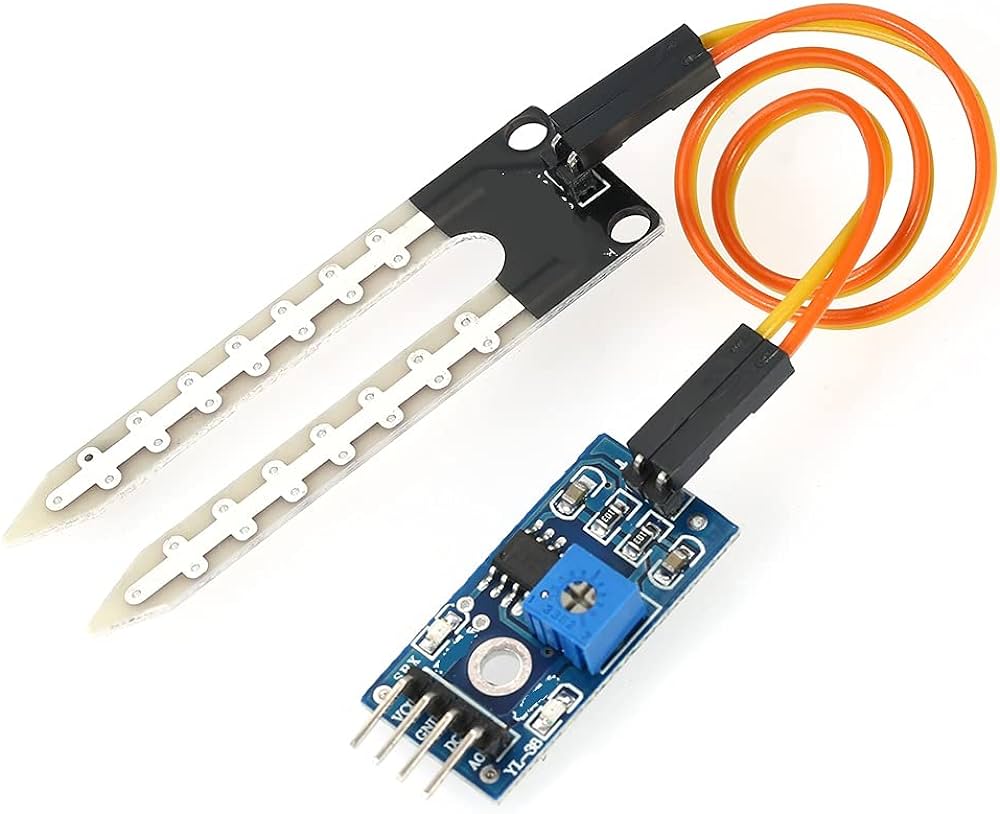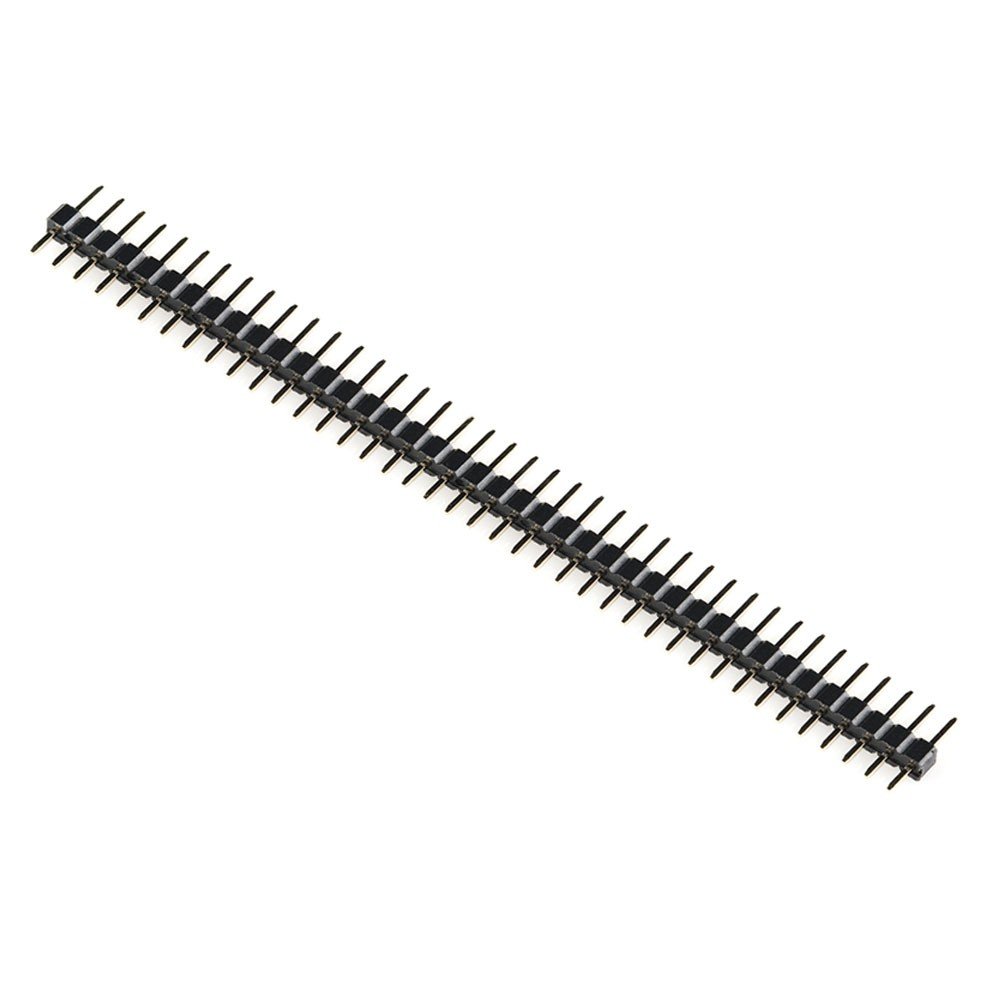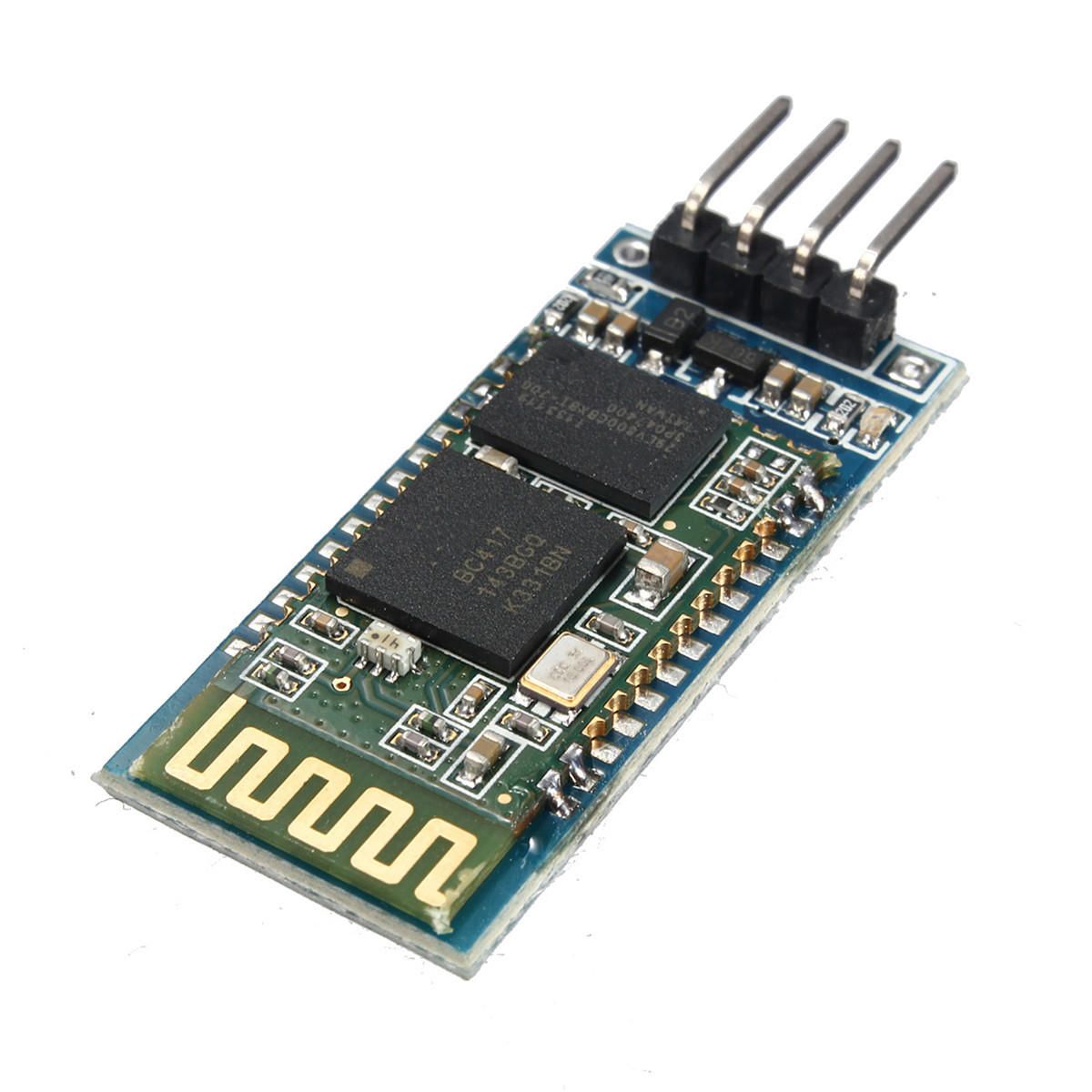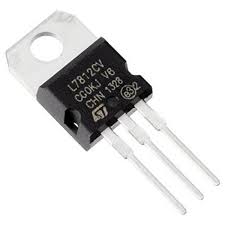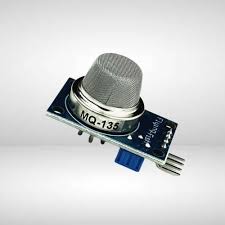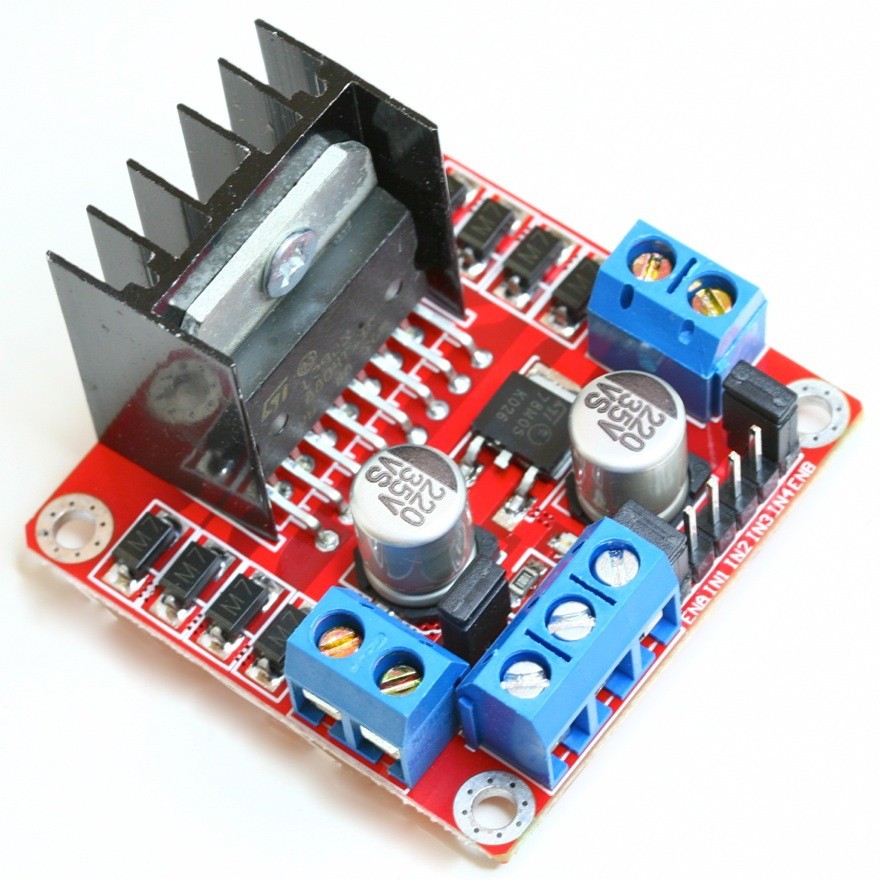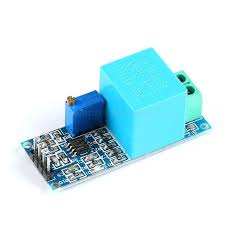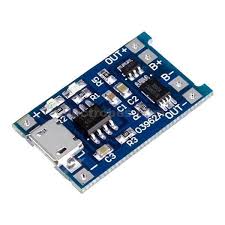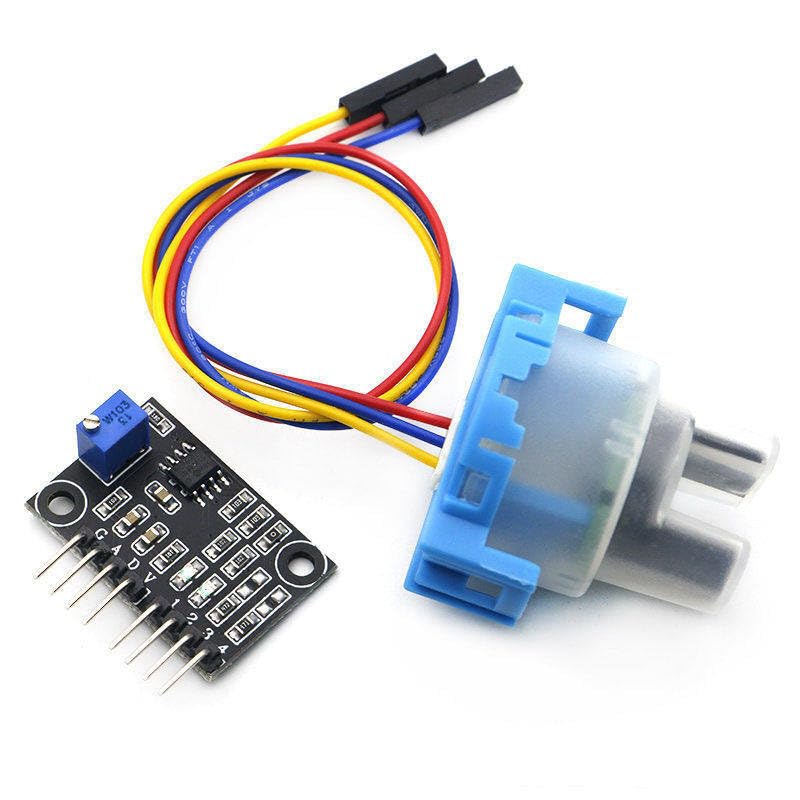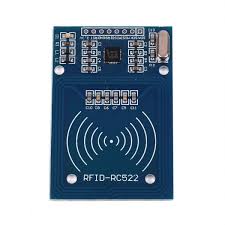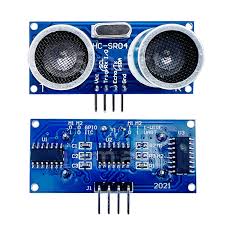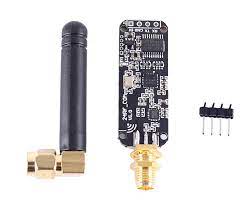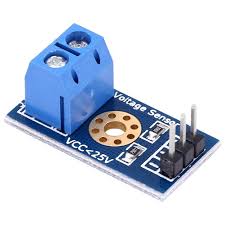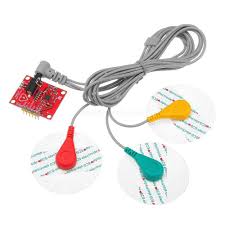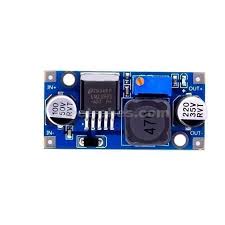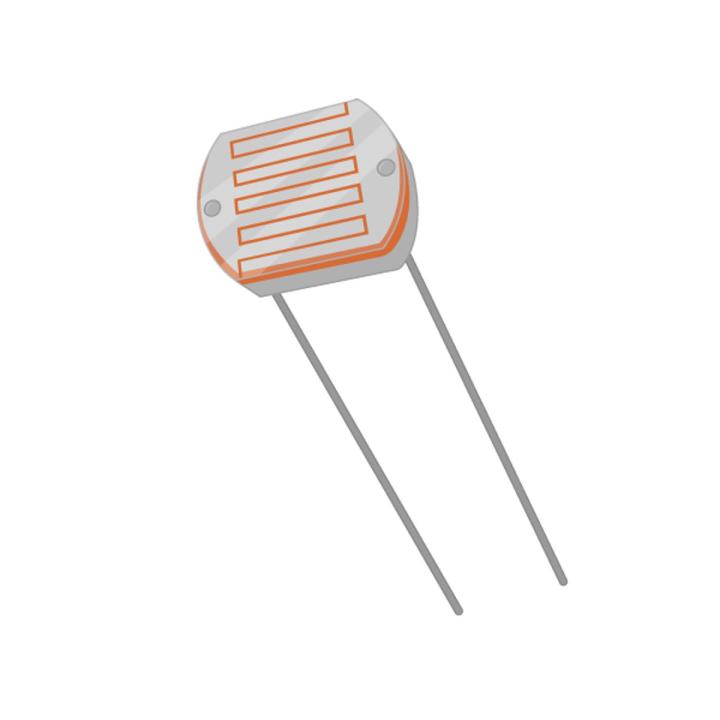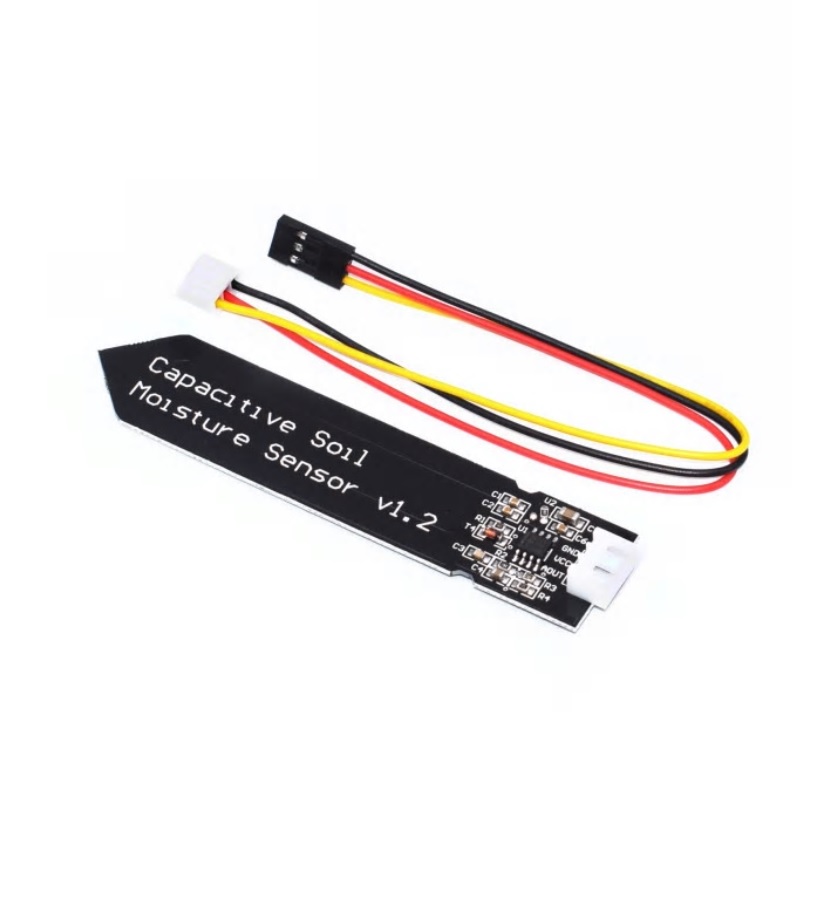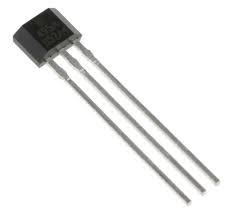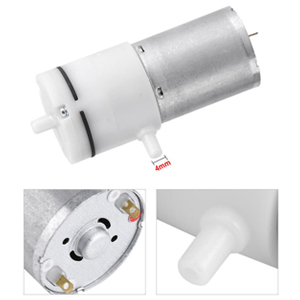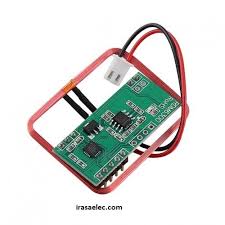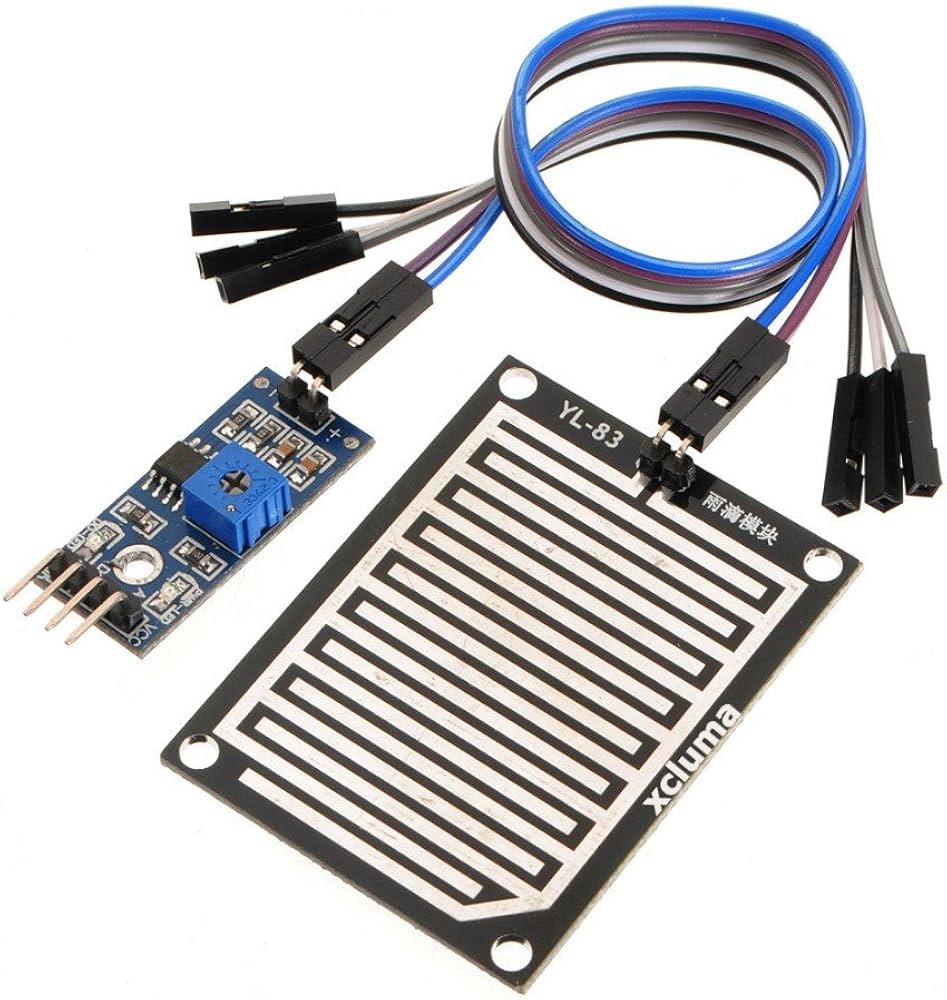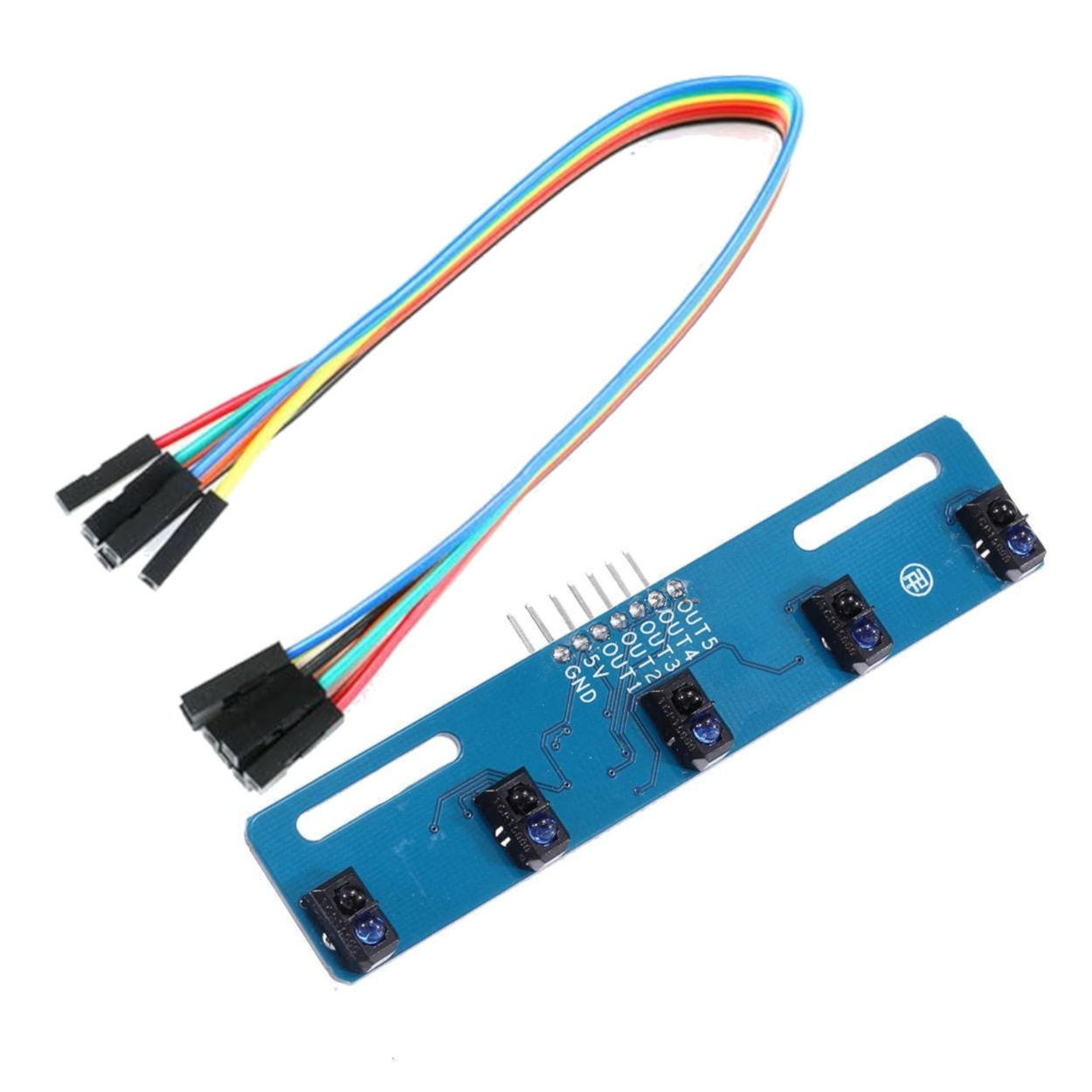Product added to cart!

1 / 3


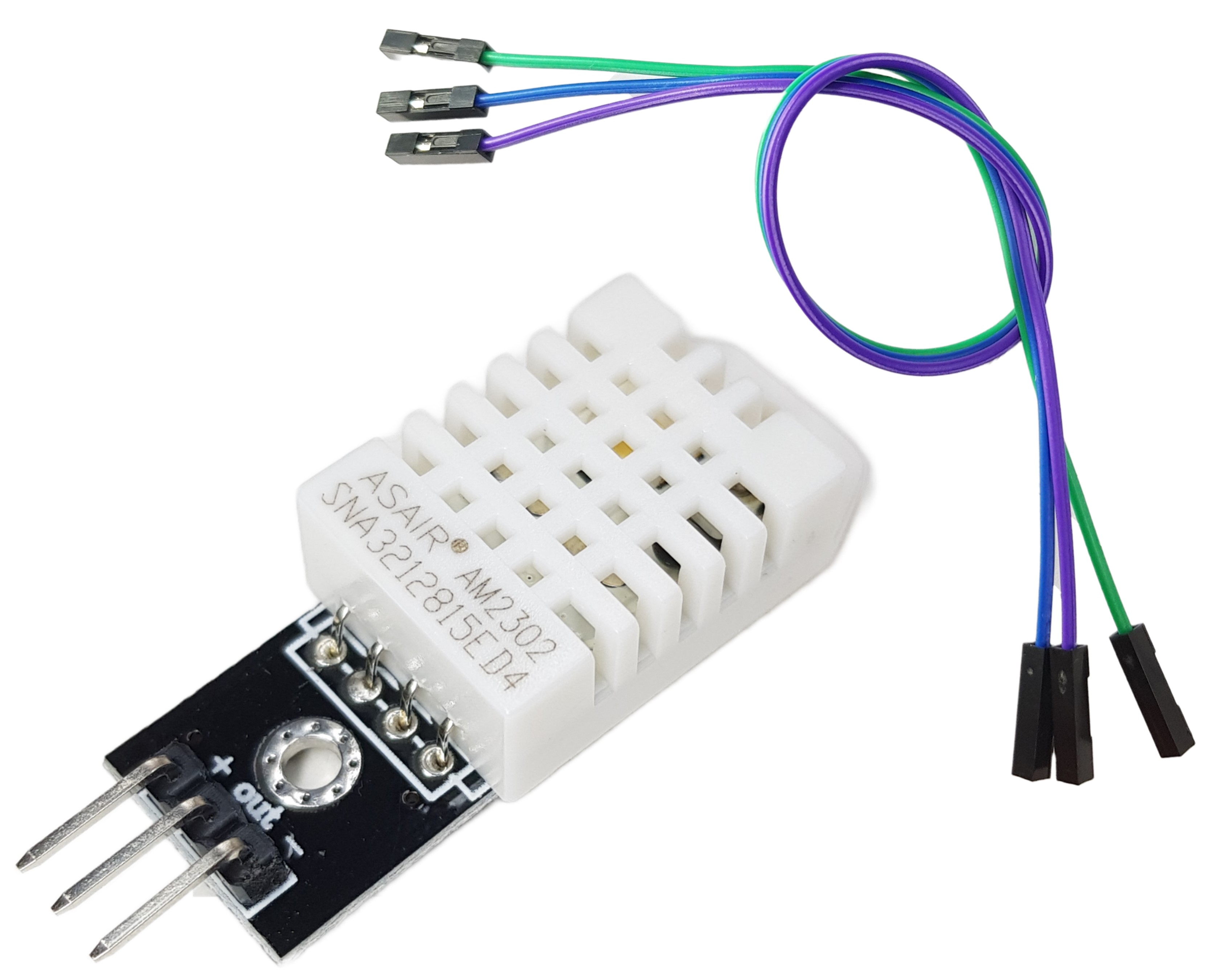
DHT22 Temperature and Humidity Sensor Module –
Sensors
Product ID:
HF368417
Stock:
-8 units available
Details:
🔎 What it is
The DHT22 is a low-cost, calibrated digital sensor for measuring ambient temperature...
🔎 What it is
The DHT22 is a low-cost, calibrated digital sensor for measuring ambient temperature and relative humidity. It includes both a humidity-sensing component (capacitive) and a temperature sensor (thermistor or equivalent), with internal signal processing and digital communication. It is more precise and has a wider measurement range than its more basic sibling, the DHT11.
Mouser Electronics
+2
Waveshare
+2
📊 Key Specifications
Parameter Value / Range Notes
Operating (Supply) Voltage (VCC) ~ 3.3 V to 5.5 V (some datasheets say up to 6V)
Waveshare
+2
SparkFun
+2
Power / Current Consumption While converting / measuring: about 2.5 mA max. Standby / idle much lower.
Mouser Electronics
+2
Farnell
+2
Temperature Range −40 °C to +80 °C
Waveshare
+2
SparkFun
+2
Temperature Accuracy ±0.5 °C typical
Waveshare
+2
SparkFun
+2
Temperature Resolution / Sensitivity 0.1 °C
Waveshare
+1
Humidity Range 0 – 100 % RH
Digi-Key
+2
Waveshare
+2
Humidity Accuracy ±2 % RH (at ~25 °C) typical
Waveshare
+2
Digi-Key
+2
Humidity Resolution 0.1 % RH
Waveshare
+1
Sampling / Update Rate Max about once every 2 seconds (0.5 Hz)
Mouser Electronics
+1
Output Digital single-wire protocol (“one-wire‐type” / single bus) — not the Dallas 1-Wire protocol, but similar idea: MCU sends a start signal, sensor responds with a digital data stream (40 bits) including humidity, temperature, checksum.
Waveshare
+2
SparkFun
+2
Signal / Data Line Pull-up Usually needs an external pull-up resistor (often ~4.7k-10k) between data pin and VCC to keep the line HIGH when idle. Some modules include this.
Mouser Electronics
+1
Physical Dimensions Varies by module board; sensor itself is fairly small. For example module sizes might be ~15 × 25 mm or similar.
Addicore
+1
📋 How It Works / Communication Protocol
Here’s a breakdown of how you interface with it (e.g. using a microcontroller / Arduino):
Wiring / Pins
VCC → 3.3-5 V power supply
GND → ground
Data pin → any digital I/O pin (that can do microsecond timing)
Some modules have 4 pins: VCC, Data, NC (not connected), GND.
SparkFun
+1
Pull-up Resistor
Install a resistor (if not already on module) between data pin and VCC (typically 4.7 kΩ to 10 kΩ) to hold the data line high when idle.
Mouser Electronics
+1
Start / Trigger from MCU
MCU pulls the data line LOW for a specific time (often at least ~800 microseconds) to signal the sensor to begin a measurement.
Waveshare
+1
Then releases the line to HIGH and waits for the sensor response.
Sensor Response
The sensor responds with a fixed pattern (initial low, then high pulses) to acknowledge, then sends 40 bits:
Humidity high byte + humidity low byte
Temperature high byte + temperature low byte
Checksum byte (sum of previous four bytes)
Waveshare
+1
Interpreting Data
You decode humidity from the first two bytes, temperature from the next two. For temperature, the sign bit (MSB) can indicate negative temperature. Some scaling: e.g. value of temperature = raw / 10.0 (for example) depending on data formatting.
Waveshare
+1
Timing / Delays
After power up, wait ~1-2 seconds before first reading to allow sensor to stabilize.
SparkFun
+1
Then only request new data every ~2 seconds (sensor’s “refresh rate”) because it takes time to do conversion.
Mouser Electronics
+1
👍 Advantages & 👎 Limitations
Advantages Limitations / Things to Watch Out For
More accurate, wider range than DHT11: works from −40-80 °C, full 0-100 % RH. Relatively slow refresh rate (≈ 0.5 Hz). Can't get high-speed changes.
Low cost, simple, widely used, easy to find software libraries. Signal timing is critical — interrupts or delays in MCU can cause wrong readings. Sometimes reading fails; need error checking & retry logic.
Digital signal (good immunity), no analog conversion needed. Response time / latency isn’t very fast.
Low power usage during idle. Accuracy suffers under extreme conditions (high humidity, condensation, etc.), or if exposed to chemicals, dust, UV light. Long wires / interference can degrade signal.
Can be used with many microcontrollers (Arduino, Raspberry Pi, ESP, etc.). Needs pull-up resistor; some boards need careful wiring. Also the data line might be 3.3 V logic tolerant, but using 5 V logic may require caution (usually okay though).
🛠 Tips for Good Use
Place sensor away from heat sources, solar radiation, or sources of rapid temperature change (so readings are stable).
Avoid exposing sensor to condensation or water splash (unless enclosed/ waterproofed).
Keep sensor clean; if dust or film builds up, it can affect the humidity reading.
Use short wires where possible; long wires increase risk of signal distortion or noise. If long wires are needed, use insulated twisted pair and ensure pull-ups.
Always read the return value, check for errors (checksum / timeout), retry if needed.
For logging or environmental monitoring, take multiple readings and maybe average them for stability.
Read more
PKR 900.00

